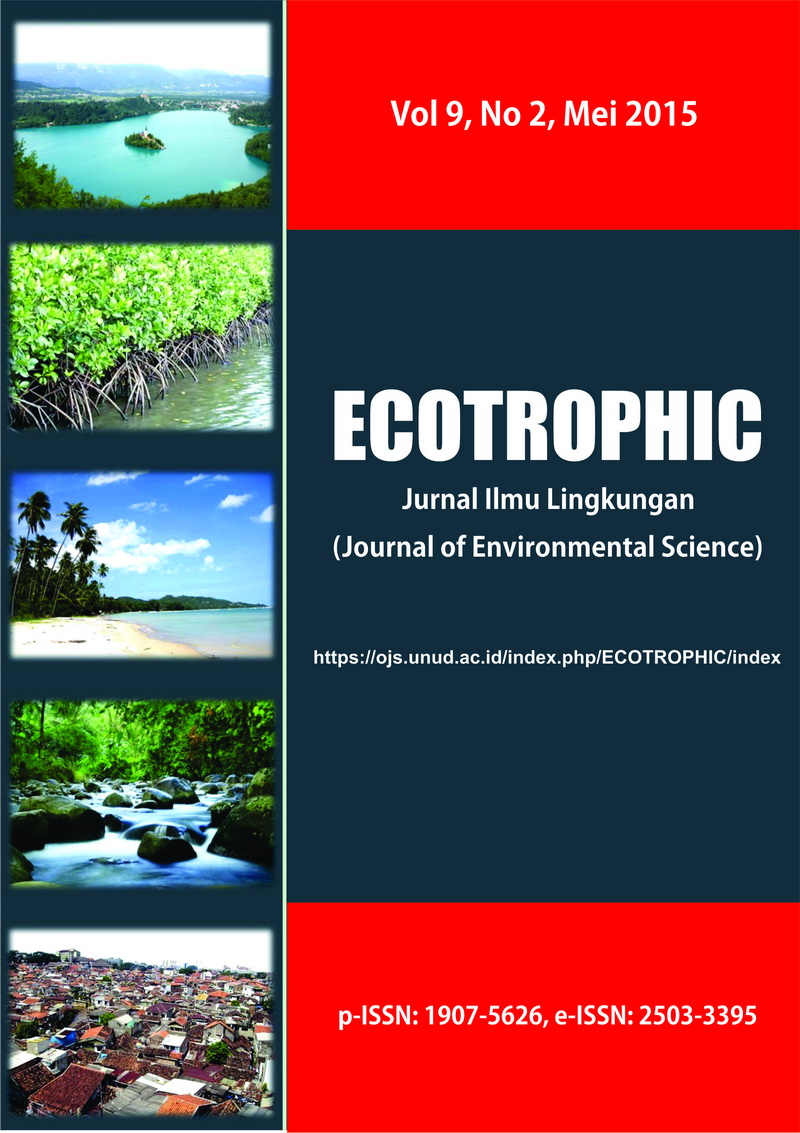STRATEGI PENGELOLAAN LINGKUNGAN EKOWISATA DI SUBAK JATILUWIH KECAMATAN PENEBEL KABUPATEN TABANAN
Abstract
Subak Jatiluwih in 2012 has been named as one of the World Heritage nomination from UNESCO. The level of tourist visits to Subak Jatiluwih continues to increase each year. The rate of environmental damage due the development of tourism is also expected to increase, and therefore need to be efforts to minimize environmental damage from tourism development. This study aims to identify the potential of ecotourism in Subak Jatiluwih, knowing how to manage the environment at the moment and assess environmental management strategies ecotourism, so that tourism development is carried out to provide benefits not only to the social and economic fields surrounding communities but also to the preservation of the environment in Subak Jatiluwih. The approach used in this study is a qualitative approach. The method of collecting data in this study using the observation, interviews and questionnaires. The data obtained were analyzed by descriptive qualitative analysis equipped with IFAS (Internal Factor Analysis Summary), EFAS (Exsternal Factor Analysis Summary), SWOT (Strength Weakness Opportunities Threats) analysis and QSPM (Quantitative Strategies Planning Matrixs) analysis to determine strategic priorities has been produced. Based on the observation the environmental potential of ecotourism in Subak Jatiluwih is abiotic potential consisting of rice field panorama, Besi Kalung Temple panorama, wellsprings, waterfall, hot springs, river. Biotic potential include brown rice, Kokokan bird. Social and cultural potentials include the existence of subak organization, technology used in water distribution system, myth, potential of 13 traditional ceremonies conducted in Subak Jatiluwih. The results of SWOT analysis, there are four strategies that is Strength Opportunities Strategy (SO), Strength Threats Strategy (ST), Weaknesses Opportunities Strategy (WO) and Weaknesses Threats Strategy (WT). Each of these strategies are translated into programs in environmental management of ecotourism in Subak Jatiluwih. QSPM analysis results a functional strategy with highest scale priority to be implemented is the development of tour packages based on agriculture, culture and nature. Ecotourism environmental management in Subak Jatiluwih requires completeness of supporting facilities and infrastructures such as improved roads, irrigation channels, parking and toliet. In addition to support of the empowerment local communities should reduce the use of migrants labor and involve local communities especially members of Subak as a tour guide, forming subak cooperatives and perform packaging of agriculturebased tourism, culture and nature, by limiting the number of tourists visit if its felt beyond the carrying capacity.


